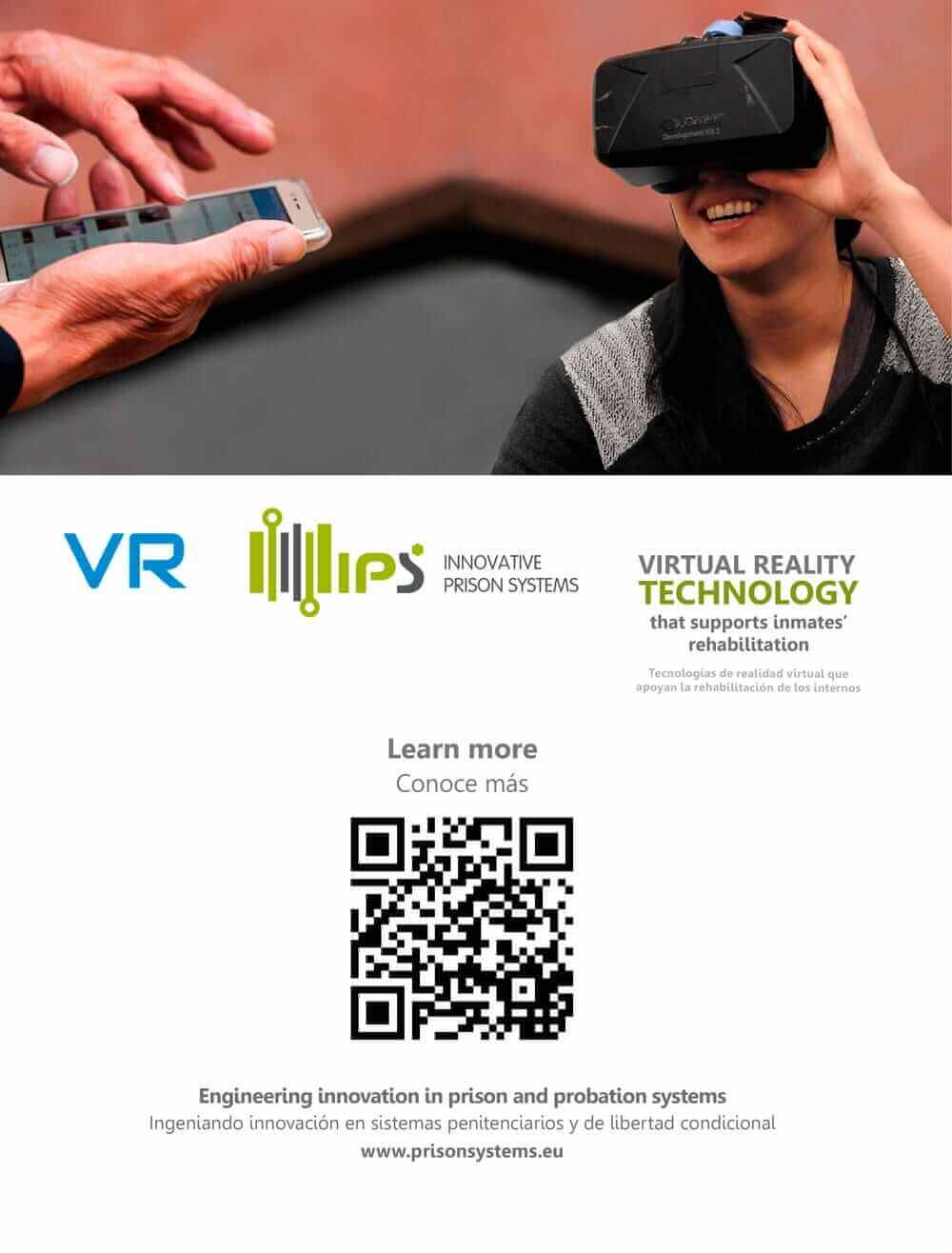There is a tendency to associate virtual reality with the gaming industry as, over the past couple of years, we have predominantly seen an influx of game creation leveraging this state-of-the-art technology. We have seen people wearing headsets, as well as others holding a pair of motion controllers, which are used to move around (teleport), touch, pick-up, and throw things around. All of this happens within a physically confined space within the “virtual world.”
So, let us step back and explain the meaning of virtual reality to those who have not come across this technology.
Virtual reality describes a 3D computer-generated environment, which can be explored and interacted with. The person who experiences it becomes part of a virtual world, or is immersed within this environment, and, whilst there, he/she can manipulate objects and perform a series of actions.
Does it sound great? Going through the experience is even more mind-blowing. So, I do encourage everyone to try it out and to feel the transformational nature of such an experience.
But virtual reality is not only about gaming. In fact, back in 1994, the integrated managed care consortium Kaiser Permanente did some rehabilitation tests, using virtual reality technology, on individuals who suffered from acrophobia (i.e. fear of heights).
The results were shocking: over 90% of the patients no longer showed acrophobic symptoms following the treatment («Virtual therapy | Psychology Today», n.d.). Virtual reality was also used to treat military combat personnel suffering from post-traumatic stress disorder (PTSD) symptoms: the result was once again a positive one, as over 70% of those who underwent treatment no longer showed PTSD symptoms («Curing the Wounds of Iraq with Virtual Therapy | DiscoverMagazine.com», n.d.).
Virtual reality has also been successfully used in treating mental illness, and, recently, it has allowed paraplegic patients to improve their ability to walk again («Virtual reality helped improve nerve function in paralysed people – National Library of Medicine – PubMed Health», n.d.).
When it comes to prison and probation settings, virtual reality technology can leverage significant advancements in reducing recidivism and re-incarceration rates, as inmates and probationers are able to experience and to be immersed in positive, functional, and productive settings that otherwise would be inaccessible.
Every person deserves a second chance and inmates are no exception to this rule. In fact, they are the ones that are in most dire need for help, support, and development to become improved citizens upon their release.
This can only be achieved through education and rehabilitation programs, that will prepare them to lead their future lives in a positive manner, re-integrate within society, and avoid the possibilities of re-offending.
Social and psychological rehabilitation in correctional settings is costly to the governments, the taxpayers, and the society. Therefore, we need to think of new and of innovative educational and rehabilitation ways, which are more powerful, economical, and effective.
The latest virtual reality innovation is Virtual Rehab: designed to change the way correctional facilities teach their inmates of ways to function in the outside world. In many ways, this is the next step in virtual reality tools that alter the way people perceive and interact with the world.
The exclusive virtual reality-based tools developed by Virtual Rehab include formal education, vocational job training, psychological rehabilitation, and correctional services rehabilitation. These services are extended to both inmates and probationers.
The core gains of virtual rehabilitation solutions consist of real-life scenarios, curriculum, along with immersive interactivity, thus addressing the specificities and heterogeneity of offenders.
Governments, policy makers, influencers, inmates, substance addicts, along with others realize that this innovative approach – along with the existing work being conducted – can very well be the solution to some of the outstanding contemporary challenges across corrections.
References:
Curing the Wounds of Iraq with Virtual Therapy | DiscoverMagazine.com. (n.d.). Available here
Virtual reality helped improve nerve function in paralysed people – National Library of Medicine – PubMed Health. (n.d.). Available here
Virtual therapy | Psychology Today. (n.d.). Available here
//

Dr. Raji Wahidy is Virtual Rehab’s Founder & CEO. Holding a bachelor’s degree in Electrical Engineering, a master in Quality Systems Engineering and Business Administration and a doctorate degree in Management, he brings along more than fifteen years of experience in the telecommunications industry.
Advertisement



